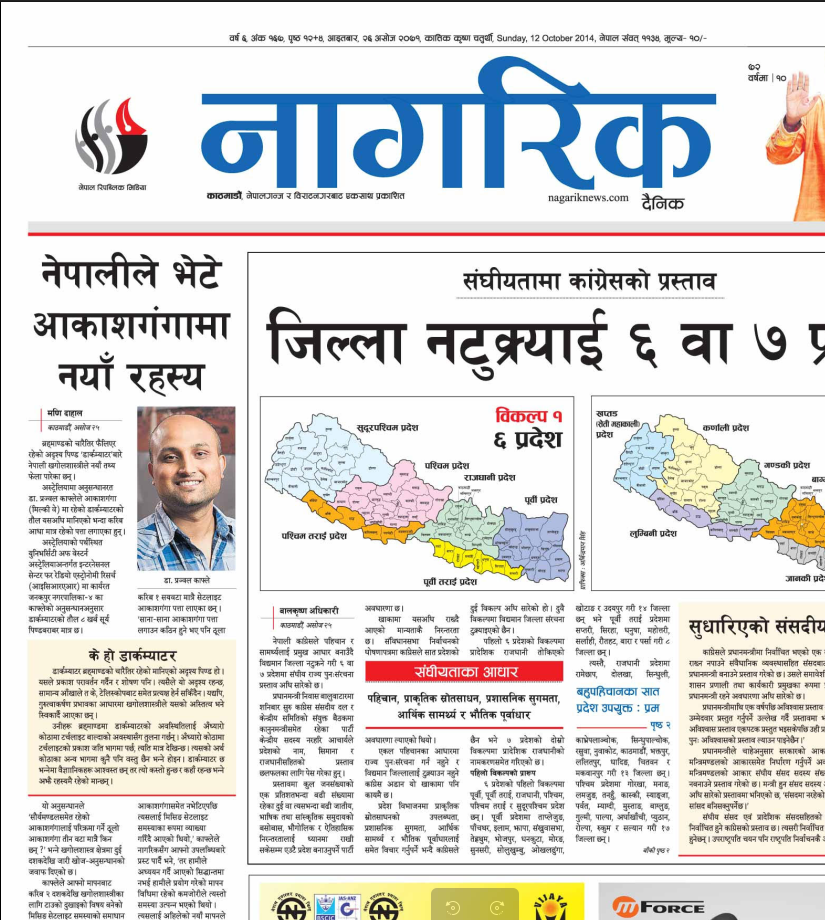Keeping Logs
Published:
With the intention of sharing knowledge more widely—and, importantly, keeping a record for myself—I’m starting to jot down thoughts here. My plan is to write at least three working days a week. Naturally, everything shared will be personal reflections and hypothetical scenarios based on what I hear, learn, read or recall from various places, also from present and past; any resemblance to real events is purely coincidental.


